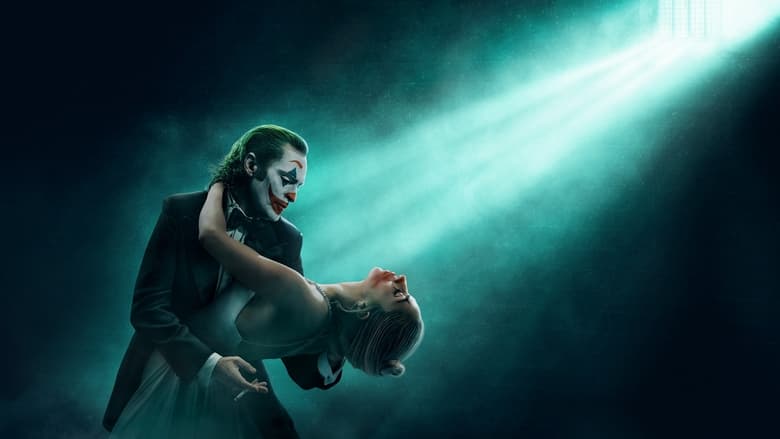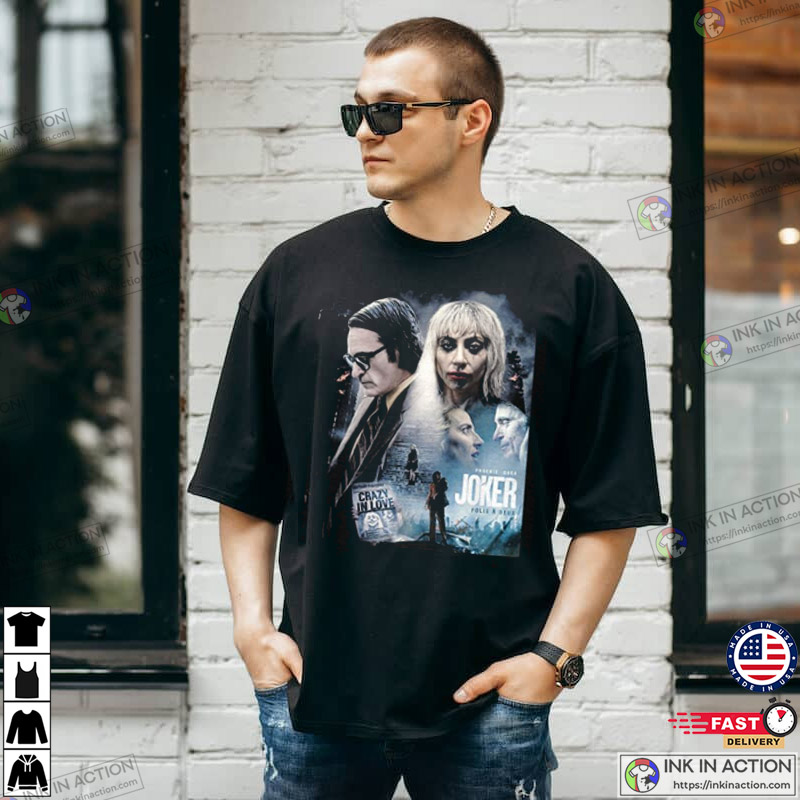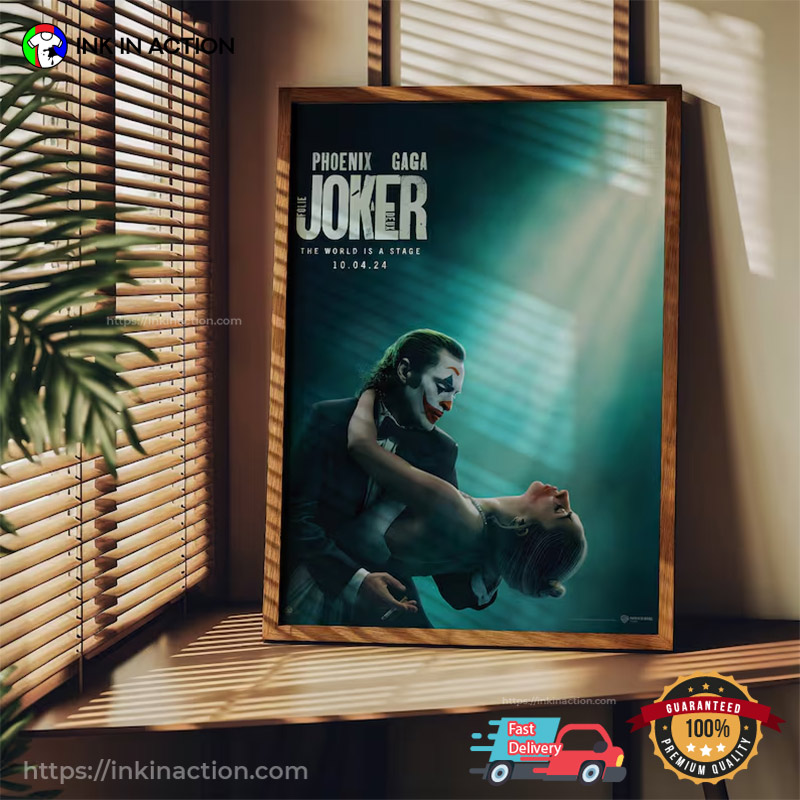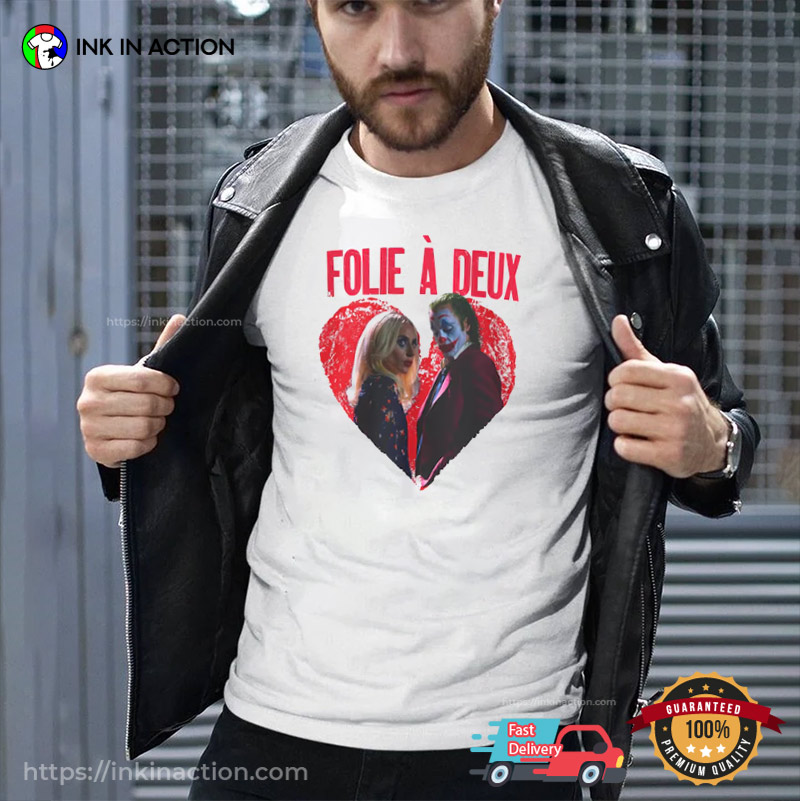Trending
Joker: Folie à Deux – What to Expect from the Madness
The Joker’s twisted, chaotic world is about to expand with the much-anticipated sequel, “Joker: Folie à Deux.” Building on the success of the 2019 film “Joker,” which earned Joaquin Phoenix an Academy Award for his portrayal of the iconic villain, this new installment promises to delve even deeper into the psyche of Gotham’s most infamous criminal. Here’s an in-depth look at what we might expect from “Joker: Folie à Deux.”
Revisiting the Madness
“Joker” (2019) left audiences in awe with its raw and unsettling portrayal of Arthur Fleck’s descent into madness. Set against a backdrop of societal decay and personal despair, the film redefined the Joker’s origin story, steering away from the comic book flamboyance towards a gritty, psychological thriller. Phoenix’s performance was lauded for its intensity and vulnerability, making the character both terrifying and tragically human.
The movie’s success wasn’t just measured in box office numbers but also in its cultural impact. It sparked conversations about mental health, societal neglect, and the thin line between sanity and madness. It was a film that dared to look into the abyss and reflect it back at its audience, leaving a lasting impression.
The Meaning Behind “Folie à Deux”
The subtitle “Folie à Deux” translates to “madness of two,” a term used in psychology to describe a shared psychosis or a delusional disorder affecting two individuals. This title hints at a significant new dynamic in the sequel, suggesting that Arthur Fleck will not be alone in his madness. Speculation is rife about who this other character might be. Given the Joker’s long history with Harley Quinn, it’s possible that we might see a fresh take on their toxic and tumultuous relationship.
Casting and Characters
While Joaquin Phoenix is set to reprise his role, the casting of Lady Gaga as Harley Quinn has created a buzz of excitement. Gaga, known for her transformative performances and deep immersion into her characters, seems a fitting choice to bring a new dimension to Harley Quinn. Her portrayal is expected to differ significantly from Margot Robbie’s version, potentially offering a darker, more complex interpretation of the character that aligns with the tone of the first film.
Phoenix and Gaga together could create an explosive on-screen chemistry, providing a fascinating dynamic as their characters potentially spiral into a shared psychosis. The sequel’s casting choices reflect a bold direction, one that aims to match or even surpass the intense performances of the original.
Musical Elements
One of the most intriguing aspects of “Joker: Folie à Deux” is the inclusion of musical elements. Lady Gaga’s involvement hints at the possibility of musical sequences, which could be used to explore the characters’ inner worlds and their descent into madness. The original film’s score, composed by Hildur Guðnadóttir, was haunting and integral to its atmosphere. If the sequel incorporates musical elements, it could add a surreal and perhaps even more unsettling layer to the narrative.
Imagine scenes where the boundaries between reality and delusion blur, expressed through haunting musical numbers. This artistic choice could elevate the psychological horror of the film, turning it into a nightmarish opera of madness.
Thematic Depth
The original “Joker” was not just a character study but also a commentary on societal issues such as mental health, economic disparity, and the effects of social alienation. “Folie à Deux” is expected to continue in this vein, perhaps exploring the dynamics of shared psychosis and the way in which two damaged individuals might feed off each other’s delusions. This could offer a profound exploration of how isolation and untreated mental illness can spiral into dangerous, violent behavior.
The title itself, “Folie à Deux,” opens up avenues to explore co-dependence in madness, how one individual’s insanity can validate and amplify the other’s. It’s a chilling prospect that could mirror real-world instances of shared delusional disorder, making the film’s themes even more resonant.
Visual and Cinematic Style
Director Todd Phillips’ vision for the first film was heavily influenced by 1970s cinema, particularly the works of Martin Scorsese. The grimy, oppressive atmosphere of Gotham City played a crucial role in creating the film’s immersive experience. We can anticipate that Phillips will maintain this aesthetic, possibly pushing it further to reflect the escalating madness of its characters.
The visual storytelling will likely continue to draw from the gritty realism that made the first film so compelling. The use of color, shadow, and claustrophobic spaces could be amplified to mirror the psychological states of Arthur and his potential new accomplice.
Societal Reflections
The original “Joker” served as a dark mirror to contemporary society, reflecting the neglect and marginalization experienced by many. With “Folie à Deux,” there is an opportunity to delve deeper into these societal reflections. How does a society handle collective madness? What happens when those on the fringes find each other and reinforce their delusions? The film could explore these questions, offering a chilling commentary on the consequences of societal neglect and the breakdown of community.
Psychological Horror
The first film’s strength lay in its ability to make the audience feel the weight of Arthur Fleck’s unraveling mind. “Folie à Deux” has the potential to double this effect, exploring the terrifying potential of shared delusions. The psychological horror of the sequel could surpass that of the original by focusing on the interplay between two minds feeding off each other’s darkness.
Conclusion
“Joker: Folie à Deux” promises to be a bold continuation of the story that captivated audiences in 2019. With Joaquin Phoenix and Lady Gaga at the helm, the film is poised to explore the depths of shared madness and the dark, symbiotic relationships that can form in the shadows of society. As we await its release, the anticipation builds for a cinematic experience that will challenge, disturb, and perhaps even transform our understanding of one of pop culture’s most enigmatic villains.






